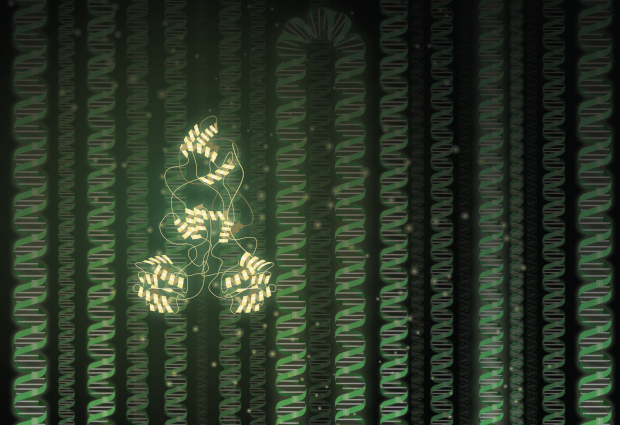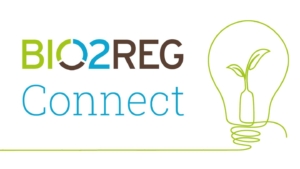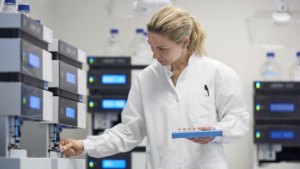
Transposase makes CAR-T production cheaper
German researchers have designed a modified Sleeping Beauty transposase that can be used for non-viral, stable and efficient gene insertions for gene and CAR-T therapies.
In Nature Biotechnology, the team headed by Michael Hudecek (University Würzburg) and Osolya Barabas (EMBL, Heidelberg) presented a variant of the non-viral gene insertion tool, which no longer shows limitations such as uncontrolled transposase gene activity from DNA vectors that caused genomic instability, and which can be used without transfection reagents to modify the genome of cells. According to the authors, their system could offer a cheap and robust alternative to viral vector-based design of CAR-Ts and gene therapies and to genome editing tools that are incapable to insert large gene inserts.
Using rational protein design, the researchers created a high-soluble variant of the SB100X transposase (hsSB), which for the first time could be used to directly genetically modify cell lines and embryonic, hematopoietic and induced pluripotent stem cells (iPSCs). Specifically, they generated CAR-T cells, which exhibited potent antitumour activity in vitro and in xenograft mice without the need for the current lengthy and costly manufacturing process required for viral vector-based CAR-T production. Furthermore, they demonstrated that their transposase – in contrast to viral gene therapy vectors – could spontaneously penetrate cells without the use of transfection reagents. As the new transposase-driven process holds the promise to make production of CAR-Ts and gene therapies cheaper and more efficient, the group has filed two patent applications with the European Patent Office concerning the hsSB transposase (EP17187128 and EP19158066.1).
"The protein we developed can be delivered into mammalian cells and remains fully functional, enabling efficient and stable genome modifications in target cells on demand," said Barabas. All these features open new avenues for CAR-T cell production and other gene therapies, added first author Irma Querques.
The Sleeping Beauty transposon system consists of a transposase and a transposon to insert specific sequences of DNA into mammalian genomes. The noveal HsSB transposase/transposon system shows favourable attributes compared to lentiviral and AAAS vectors regarding immunogenicity, insertion profile, cargo capacity (up to 20-150 kb), complexity and cost for clinical implementation.


 BIOCOM / aminul788 - Adobe Stock
BIOCOM / aminul788 - Adobe Stock Bayer Co.Lab
Bayer Co.Lab